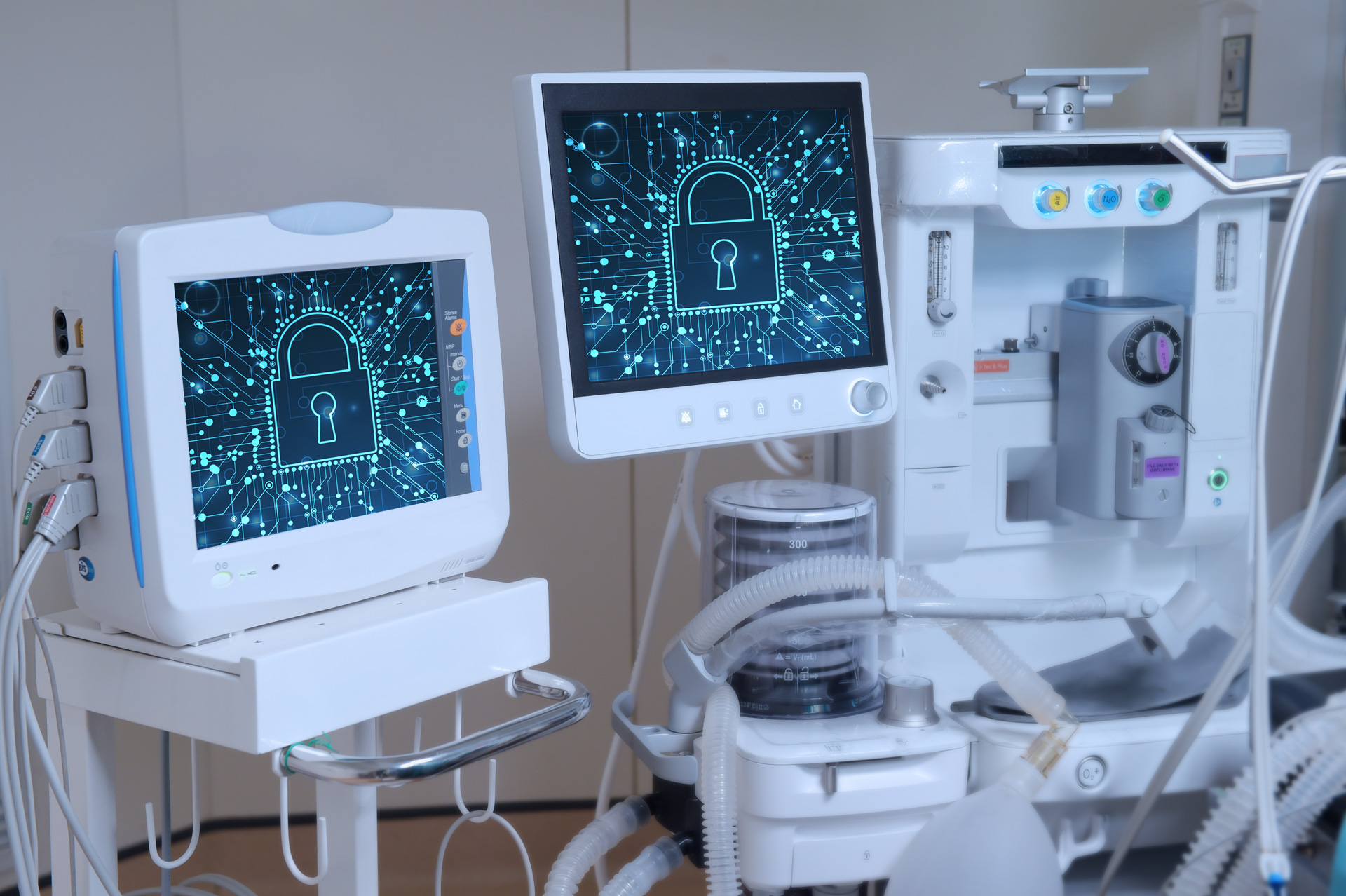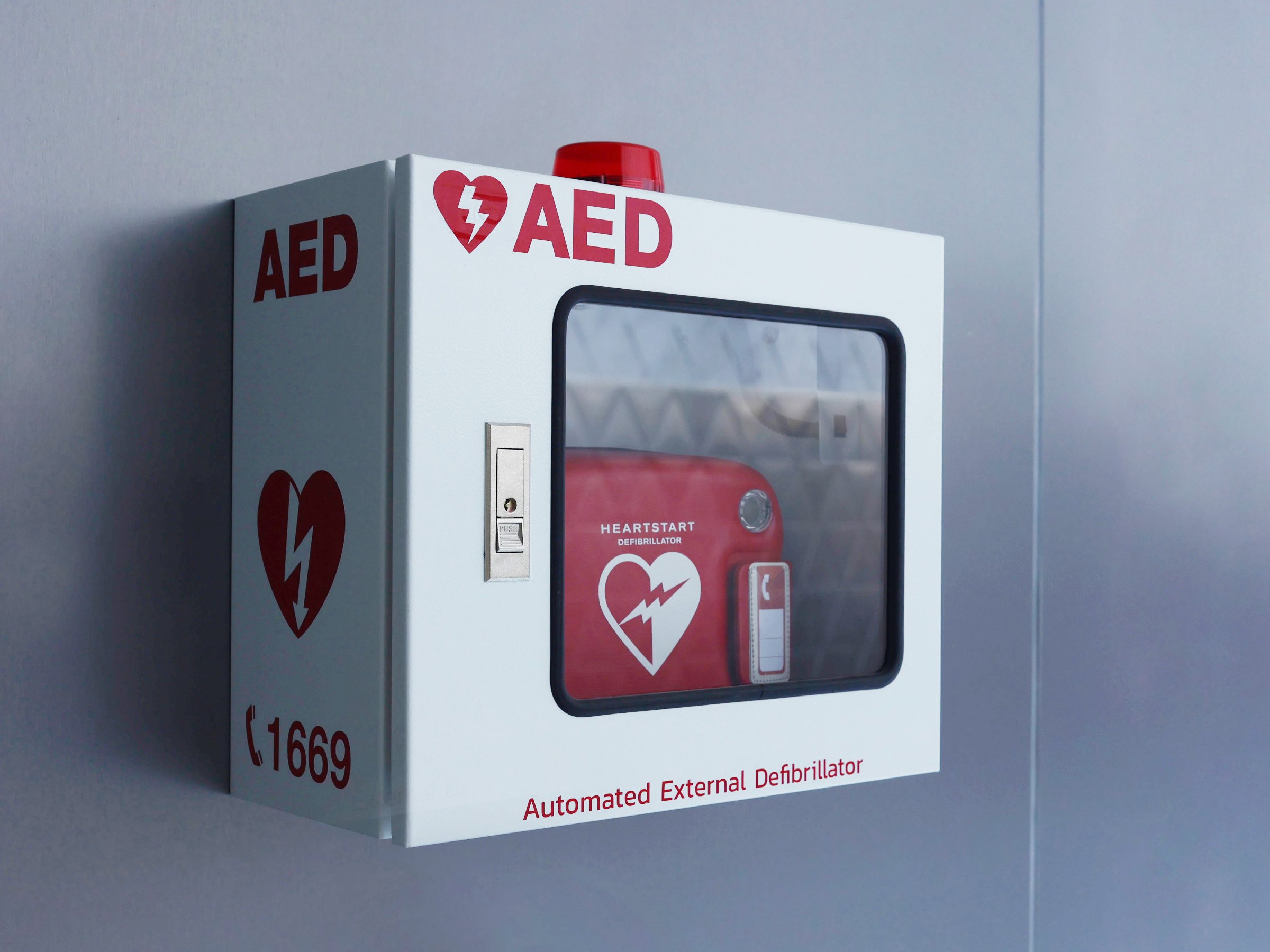What do you do with a medical device when it reaches the end of its useful life? If the device was used to store, generate, or communicate protected health information (PHI) or other sensitive data, you can't dispose of the device "as is." You'll first need to take steps to minimize security risks. Creating a structured decommissioning process now will help assure that the protections you need are in place when you dispose of medical devices in the future.
Data security concerns
For any medical device that may contain sensitive data, the decommissioning process needs to account for the proper disposal of that data, regardless of whether the device is to be destroyed, sold, refurbished, reassigned to another location within the facility, or otherwise reused.









